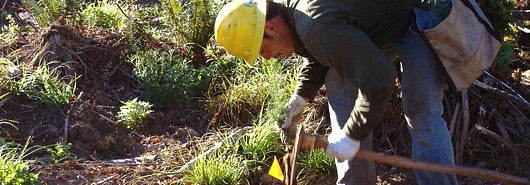Over the last decade, the Forest Service has been implementing a series of new initiatives designed to accelerate cross-boundary, collaborative, and integrated restoration. In April of 2017, we entered into a challenge cost-share agreement with the US Forest Service to independently investigate two of these initiatives, the Collaborative Forest Landscape Restoration Program (CFLRP) and the Joint Chiefs' Landscape Restoration Partnership (JCLRP). As both of these efforts approached the end of their initial cycles of funding, it was important to evaluate them to understand what worked, why some projects had more success than others, and opportunities for improving agency restoration policies and practices. We were also interested in understanding how forests that have not participated in either of these initiatives conceptualized, planned for, and engaged in collaborative, landscape-scale restoration efforts. The publications below show our findings, illuminated through online surveys of 425 US Forest Service and NRCS staff, and more than 170 interviews with project personnel, partners, and others. This project is being conducted through a partnership between the Ecosystem Workforce Program and Dr. Courtney Schultz, Director of the Public Lands Policy Group at Colorado State University.

Working Papers
#81 Strategies for success under Forest Service restoration initiatives
Briefing Papers
#81 Successful Strategies for Forest Restoration: The CFLRP and Joint Chiefs' Partnership
#80 Strategies for Success: The Joint Chiefs' Landscape Restoration Partnership
#79 Strategies for Success: The Collaborative Forest Landscape Restoration Program
#84 Collaborative Landscape Restoration on Forests without CFLRP or Joint Chiefs' Investments
Journal Articles
Forests: Policy Design to Support Forest Restoration: The Value of Focused Investment and Collaboration
Land Use Policy: Policy design to support cross-boundary land management: The example of the Joint Chiefs Landscape Restoration Partnership
Land Use Policy: Facilitating collaboration in forest management: Assessing the benefits of collaborative policy innovations
